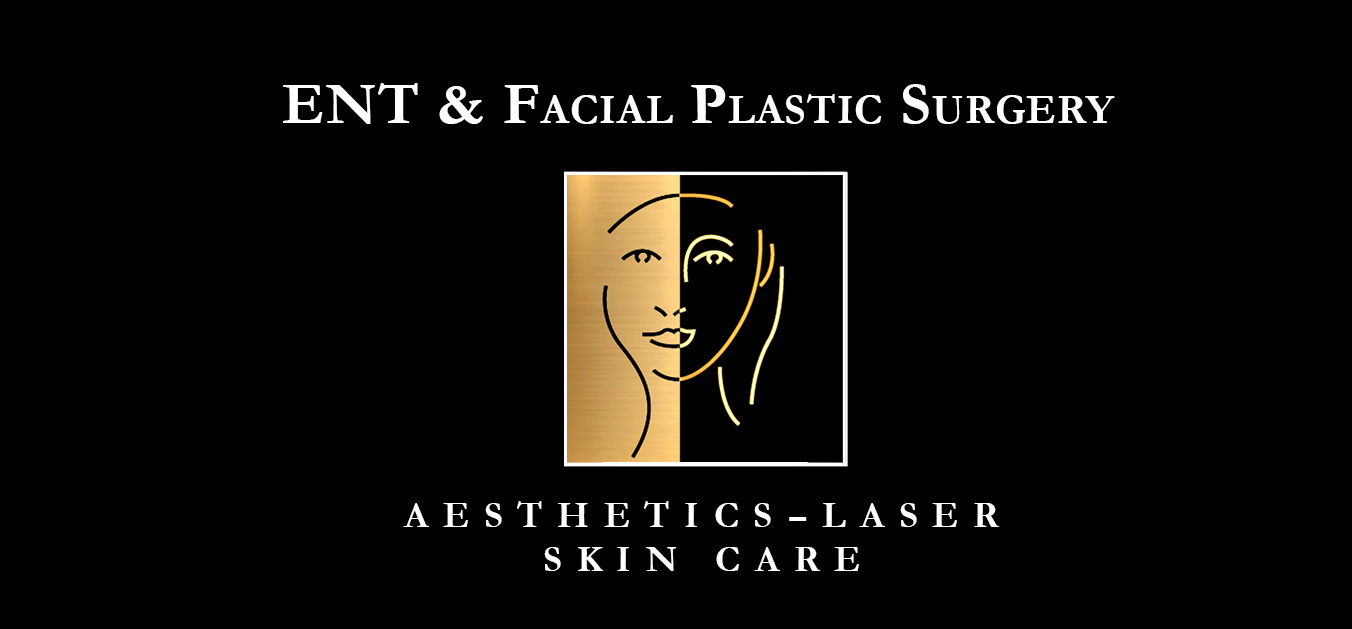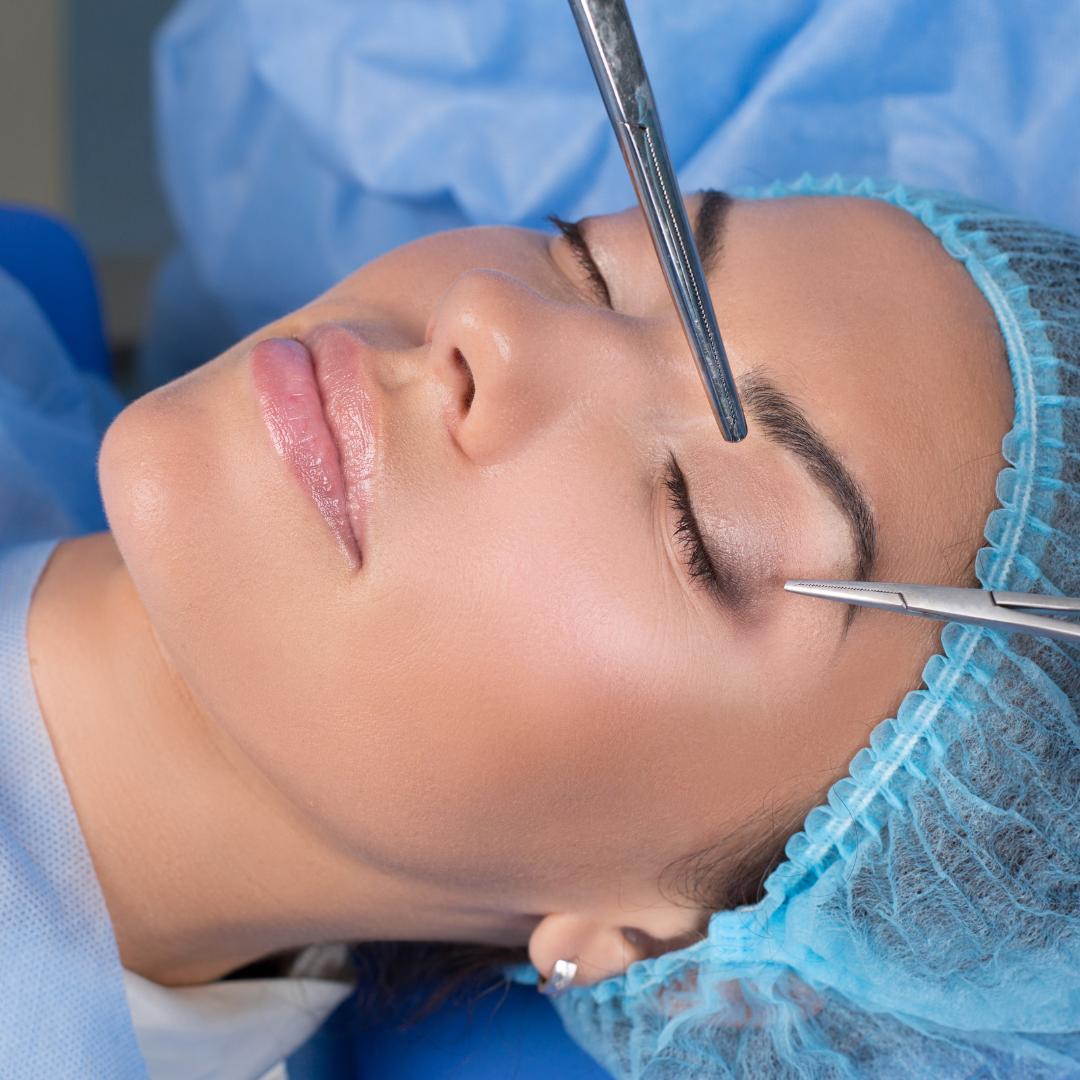One of the first signs of aging is the appearance of droopy or sagging eyelids. Fortunately, eyelid surgery, also known as blepharoplasty, can help reverse these effects and restore a more youthful and alert appearance. But how long does eyelid surgery really last?
In this guide, we’ll discuss what to expect from the procedure, how long results will last, who’s a good candidate for eyelid surgery, and how long the recovery process typically takes.
What Is Eyelid Surgery?
Eyelid surgery, also known as blepharoplasty, is a cosmetic procedure designed to address sagging or drooping eyelids.
During the operation, the surgeon will make incisions in the eyelids’ natural crease and remove excess skin, fat, and muscle. The incisions are then carefully closed with fine sutures. The procedure can be performed on either the upper or lower eyelids or both.
It typically takes one to three hours to complete, and it is usually performed under local anesthesia with intravenous sedation.
Who Is a Good Candidate for Blepharoplasty?
Ideal candidates are those who have excess skin, fat, or muscle in the eyelids that are causing a droopy or sagging appearance. It’s also essential to note that the surgery is most effective on individuals who do not smoke and have healthy skin.
In addition, prospective blepharoplasty patients should be in good health and have realistic expectations about treatment outcomes.
How Long Does Eyelid Surgery Really Last?
Now that you know a bit more about the procedure, you may be wondering: How long does eyelid surgery really last?
In general, blepharoplasty results can last anywhere from five to ten years. However, it’s essential to note that factors such as aging, sun exposure, and lifestyle choices can affect longevity.
Therefore, it’s important to maintain a healthy lifestyle to ensure that you are able to enjoy your rejuvenated appearance as long as possible.
Schedule a Consultation
If you’re interested in rejuvenating your eyes and appearance, please call our office to schedule a consultation for blepharoplasty


